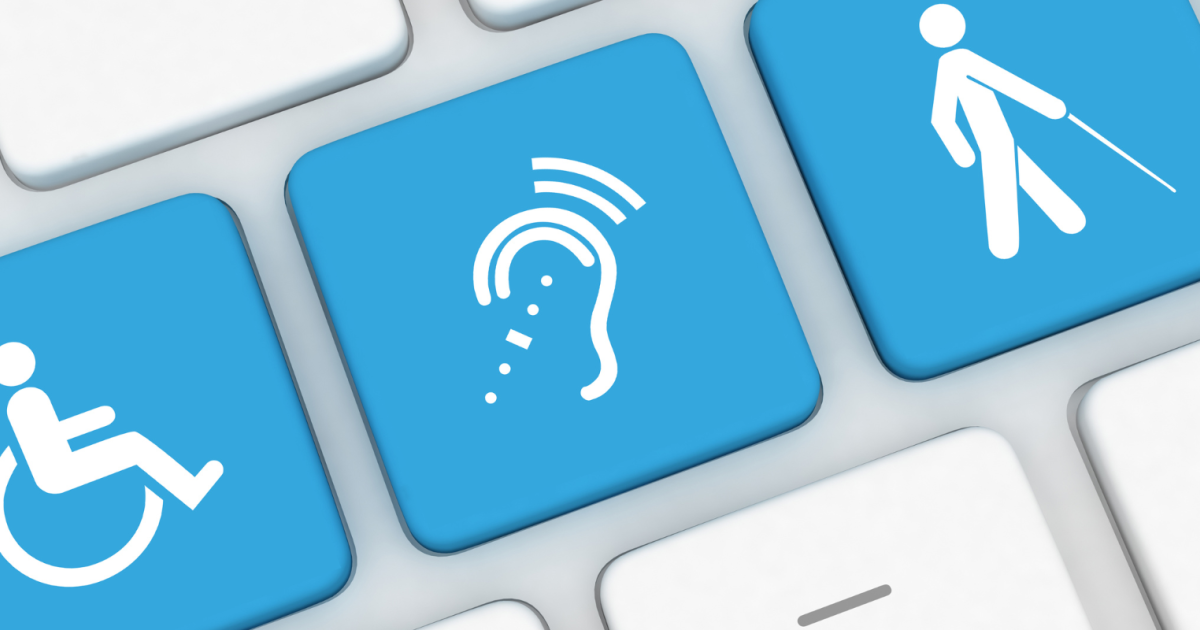In recent years, there have been abundant opportunities to leverage technology to support the electoral process. The growth of new technologies and the creative use of existing technologies provide electoral management bodies (EMBs) with innovative ways to engage with voters, observers, journalists, election officials, and civil society. As a result of this rapid growth in technology, EMBs around the world are increasingly seeking technology-based solutions to manage the electoral process. However, when using new technology systems, the impact of these platforms and tools on people with disabilities is often overlooked.
According to the World Health Organization, 1 billion people, or about 16 percent of the world’s population, have a disability, and about 80 percent of people with disabilities live in low- to middle-income countries. Despite making up a large percentage of the global and national populations, people with disabilities are severely underrepresented in electoral and political processes. Ensuring that technology is accessible and inclusive is a powerful lever for people with disabilities to participate in the political life of their communities. Universally accessible technology also has the advantage of benefiting all citizens who take part in elections.
COVID-19 has further raised barriers to political participation for people with disabilities, increasing ableist harassment online and preventing voters with disabilities from accessing important information from electoral commissions. Although electoral commissions are required to prepare all voters to participate in the electoral process, election technology is often inaccessible to people with disabilities. Visually impaired people often encounter online voter education messages without alternative text, and videos often do not provide sign language or subtitles, making them inaccessible to voters with hearing impairments. Information is also rarely provided in easy-to-read or silent formats, limiting the information available to voters with intellectual disabilities. This can result in reduced registrations and numbers of voters with disabilities. These issues deprive the world’s one billion people with disabilities of important opportunities to participate in policymaking and decision-making. Inclusion of people with disabilities is fundamental to democracy.
Election technology can take many forms, from ballot scanners to using social media for voter education. This learning series is based on international standards set out in the United Nations Convention on the Rights of Persons with Disabilities and offers five principles for using technology to support access to elections.
Inclusion – all people with disabilities have equal access to election technology as others Independence – technology must support the right of people with disabilities to act independently in elections Accessibility – everyone must be able to access the same information and enjoy the same services during elections Intersectionality – all people with disabilities also have other identities that impact how they are perceived by others and how they experience their disability Universality – election technology solutions should support as many voters as possible.
This learning series of documents provides EMBs and the civilian community with guidelines and recommendations to ensure that the technologies they use, procure, and develop are fully accessible to people with disabilities. It covers the following topics:
Social media accessibility in elections Using video and audio formats for voter education Accessible data visualization Cybersecurity and disability inclusion Artificial intelligence
This learning series was made possible with generous support from the Swedish International Development Agency (Sida). We would also like to thank the United States Agency for International Development (USAID) for supporting past efforts that served as the foundation for this project.

